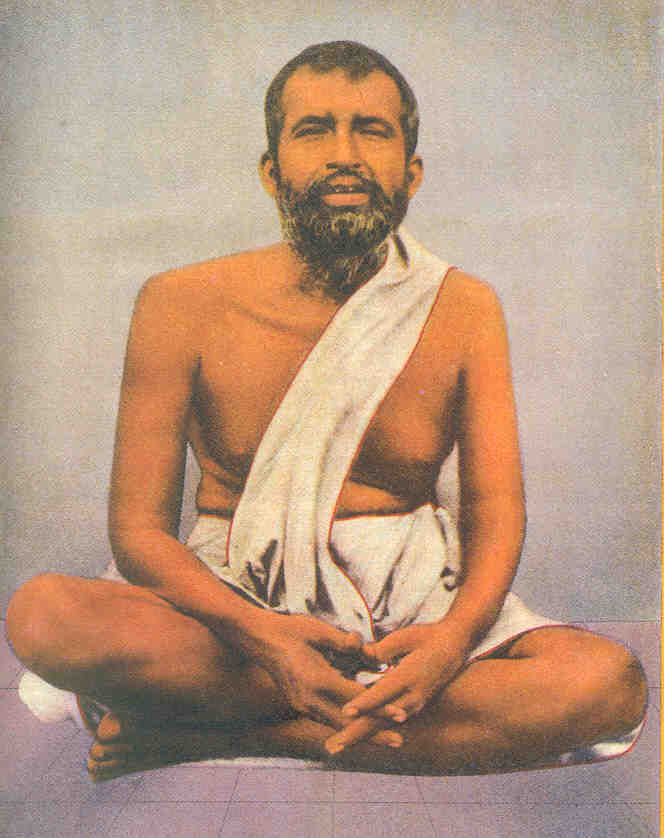6. Meditation: A Discipline of Self-Integration : 7.
The Teachings of the Bhagavadgita :
The place of meditation therefore should be, as far as possible, free from nearness to those objects, persons, and circumstances which may draw your attention, either by like or dislike. So here you are free to choose any particular place for your meditation, under this given condition. A suitable time also is necessary – it is not that you will be able to sit for meditation at any time during the day; and you are here, again, your own judge. The mind should be amenable to this task of concentration of consciousness. It should not be repellent – it should not be revolting for any reason. You should not be hungry, you should not be annoyed, you should not have a commitment to be attended to a few minutes afterwards, you should not have to catch a train in half an hour, or you should not have a court case tomorrow. These things are distractions; they have to be dealt with in their own way – and as long as they are not fulfilled or handled in an intelligent way, your concentration of mind, spiritually, will not be a success.
Spirituality is a positive art – it is not a runaway attitude of consciousness. In spiritual meditation, you are not moving away from the problems of life, you are not shirking your duties, but communing yourself with the substance and the very causative factor of every problem in life, and handling these forces as a master rather than as a slave who runs away from difficulties. A spiritual seeker is not a coward – he is a scientist in the highest sense of the term who tries to understand and control the forces of nature, rather than a person who would like to be ignorant of their existence and close their eyes to them, like an ostrich. Thus the art of spiritual living, which culminates itself in meditation, is the highest positivity of approach to Reality by a human being who is fully integrated for this purpose in a most healthy manner. The time that you choose for meditation should, therefore, be conducive as the place is. I need not dilate upon this theme, because many of you know which time is suitable for you, for what reason, in what place is conducive, etc.
The method of meditation is perhaps more important. Place, time and method – these three are especially to be taken into consideration. The Bhagavadgita succinctly mentions something about the place, time and method – the techniques to be adopted in concentration. The method is the way in which you conduct yourself, the manner in which you place yourself in the context of your relationship with reality – firstly in its most immediate form of manifestation, and later on in any form of its expression. Usually we are seated for the purpose of meditation – we don't stand up or lie down. You know very well why it is not possible for you to meditate by standing; you also know well why it is not a suitable posture to lie down on a bed.
So, a 'via-media' technique is prescribed – to be seated, which means to say, to repose or posture in an asana like sukhasana, padmasana etc., with the spine, head and neck erect, as far as possible, because a crouching pose will affect the nervous system and consequently the movement of the prana, and again consequently the very activity of the mind itself. The atmosphere around, the body, the nervous system, the muscles, the mind - all are interconnected; they are not disassociated, isolated aspects. So, you have to be first of all in harmonious condition with your atmosphere, with society, with your daily routine etc., outwardly, and also in a harmony with your muscular system, with the anatomical and the physiological organisation of your personality, which is achieved by being seated in a comfortable posture, as mentioned.
To be continued ...



.jpg)

Comments
Post a Comment